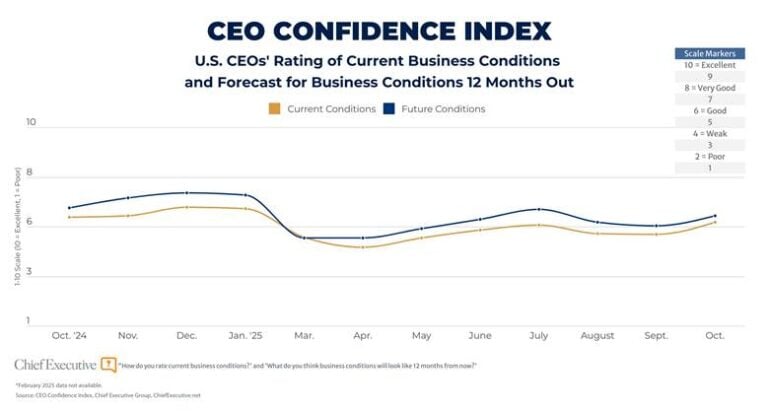
 When it comes to private equity, we often hear about the friction between managers and investors, disconnects around the goals and expectations and the pace of desired change, with turnover and disruption (the bad kind, not the good), missed exits and poor performance the result.
When it comes to private equity, we often hear about the friction between managers and investors, disconnects around the goals and expectations and the pace of desired change, with turnover and disruption (the bad kind, not the good), missed exits and poor performance the result.
What don’t we hear much about? The underlying reasons for all this sturm und drang. According to a new study out this week, the biggest issue is pretty straightforward, and it is hiding plain sight: PE has a people problem. A big one. And it isn’t being addressed.
“Overwhelmingly human capital and talent is reported as the number two concern among PE investors, second only to achieving growth,” said Ted Bililies, Managing Director, AlixPartners (AlixPartners is a sponsor of Chief Executive’s CEO of the Year program, and Bililies often writes for Chief Executive). Yet, he said, “human capital is not being paid attention to.”
In a poll of 152 managing directors by operating partners, CEOs and CFOs at PE companies, AlixPartners and Vardis found 63% of investors said “human capital” was the second most-pressing near-term concern (behind “growth”). But just 42% of portfolio company executives responded this way. That 21% gap, the study says, suggests that PE firms may be looking more to talent to accelerate growth in their portfolio companies—while portfolio company execs may be complacent about their current talent benches.
Meanwhile, 86% of surveyed portfolio company executives see culture assessment as vital for PE firms adding assets to their portfolios. But just 28% of them said their PE sponsors “always” or “often” conduct such assessments.
Part of the reason is likely a function of private equity’s nature, where long term goal setting often means 5 years and eyes are firmly set on the exit, not building value over decades. Even so, a lack of focus on “people issues” from the relationships in the C-Suite to the culture on the factory floor, has a big impact. “It’s really peculiar,” said Bililies, who has worked with PE companies for decades, “because empirical studies go back to the ’80s of showing the connection between corporate culture and productivity. But it still seems to be not really penetrating investors.”
The stakes, of course, couldn’t be higher. PE buyout volume in 2018 reached $384 billion according to Wachtell Lipton, with more than $1 trillion waiting to do deals. Meanwhile, an astonishing 73% of CEOs are likely to be replaced during the investment life cycle at a portfolio company, and 58% of replacements occur within two years. Clearly, this is no way to run a railroad. “There’s extraordinary danger there, when the assets now are becoming bigger or they’re entering the nonprofit world or the education world, they’re entering nontraditional sectors,” Bililies said. “You’re talking about hundreds of thousands of employees and you’re talking about really large market cap.”
He believes that most firms are “sincere in trying to bridge this gap” but sponsors are “tone deaf” when it comes to thinking about the impact of corporate culture, for instance, on the bottom line, while CEOs and C level executives are focused on it. There are some ways to improve.
Bililies shares his recommendations:
Better Due Diligence. Conducting rigorous assessments of prospective portfolio company’s organizational effectiveness and talent before the deal will help investors uncover possible sources of misalignment—as well as potential growth levers in an asset under consideration.
Assess the Culture. Investors should examine the company’s culture and ask, “Does the culture support the strategy and the investment thesis?” If it doesn’t, they should identify the aspects the company’s culture has to change—and how feasible it would be to make the changes. days
Get Aligned. The PE sponsor and the portfolio company management team should devote a gathering to agreeing on and committing to shared expectations within the first 100 days post-close.
Read more: Six Lessons For Succeeding As A Private Equity CEO




0

1:00 - 5:00 pm
Over 70% of Executives Surveyed Agree: Many Strategic Planning Efforts Lack Systematic Approach Tips for Enhancing Your Strategic Planning Process
Executives expressed frustration with their current strategic planning process. Issues include:
Steve Rutan and Denise Harrison have put together an afternoon workshop that will provide the tools you need to address these concerns. They have worked with hundreds of executives to develop a systematic approach that will enable your team to make better decisions during strategic planning. Steve and Denise will walk you through exercises for prioritizing your lists and steps that will reset and reinvigorate your process. This will be a hands-on workshop that will enable you to think about your business as you use the tools that are being presented. If you are ready for a Strategic Planning tune-up, select this workshop in your registration form. The additional fee of $695 will be added to your total.

2:00 - 5:00 pm
Female leaders face the same issues all leaders do, but they often face additional challenges too. In this peer session, we will facilitate a discussion of best practices and how to overcome common barriers to help women leaders be more effective within and outside their organizations.
Limited space available.

10:30 - 5:00 pm
General’s Retreat at Hermitage Golf Course
Sponsored by UBS
General’s Retreat, built in 1986 with architect Gary Roger Baird, has been voted the “Best Golf Course in Nashville” and is a “must play” when visiting the Nashville, Tennessee area. With the beautiful setting along the Cumberland River, golfers of all capabilities will thoroughly enjoy the golf, scenery and hospitality.
The golf outing fee includes transportation to and from the hotel, greens/cart fees, use of practice facilities, and boxed lunch. The bus will leave the hotel at 10:30 am for a noon shotgun start and return to the hotel after the cocktail reception following the completion of the round.